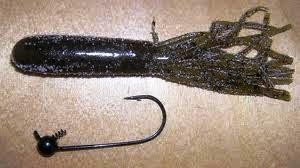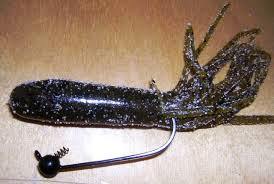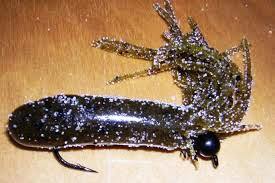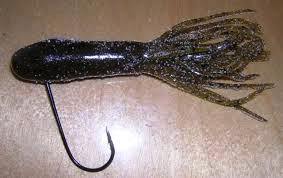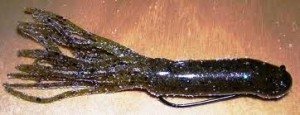BASS announced today the full field for the 2009 Bassmaster Elite Series, the most visible and prestigious tournament trail in fishing. The field of 101 of the world’s top anglers will visit 8 fisheries during the Elite Series regular season and will compete to advance to the Bassmaster Elite Series postseason. Down a few anglers from last year which started with 110 anglers.
The star-studded field accounts for 15 Bassmaster Classic titles, 18 Toyota Tundra Bassmaster Angler of the Year trophies and more than 200 BASS victories. The Elite circuit will kick off in less than two months with the March 12-15 Battle on the Border on Texas’ Lake Amistad in Del Rio. .
See the complete alphabetically ordered list of qualifying anglers and their hometowns below.
2009 Bassmaster Elite Series Anglers
|
1. Casey Ashley, Donalds, SC |
51. Jared Lintner, Arroyo Grande, CA 52. Bill Lowen, Cincinnati, OH 53. Elton Luce Jr., Brookeland, TX 54. Aaron Martens, Leeds, AL 55. Billy McCaghren, Mayflower, AR 56. Mike McClelland, Bella Vista, AR 57. Mark Menendez, Paducah, KY 58. Yusuke Miyazaki, Forney, TX 59. Jimmy Mize, Ben Lomond, AR 60. Ish Monroe, Hughson, CA 61. Rick Morris, Virginia Beach, VA 62. Jim Murray, Arabi, GA 63. John Murray, Phoenix, AZ 64. Britt Myers, Lake Wylie, NC 65. James Niggemeyer, Van, TX 66. Takahiro Omori, Emory, TX 67. Cliff Pace, Petal, MS 68. Pete Ponds, Madison, MS 69. Jason Quinn, York, SC 70. Matt Reed, Madisonville, TX 71. Clark Reehm, Russellville, AR 72. Skeet Reese , Auburn, CA 73. Derek Remitz, Grant, AL 74. Jeff Reynolds, Idabel, OK 75. Marty Robinson, Landrum, SC 76. Dean Rojas, Lake Havasu, AZ 77. Scott Rook, Little Rock, AR 78. Fred Roumbanis, Bixby, OK 79. Zell Rowland, Montgomery, TX 80. Bernie Schultz, Gainesville, FL 81. Terry Scroggins , San Mateo, FL 82. Morizo Shimizu, Suita Osaka, Japan 83. Kevin Short, Mayflower, AR 84. Dave Smith, Del City, OK 85. Brian Snowden, Reeds Spring, MO 86. Matthew Sphar, Pavilion, NY 87. Jeremy Starks, Charleston, WV 88. Marty Stone, Fayetteville, NC 89. Gerald Swindle, Warrior, AL 90. Peter Thliveros, St. Augustine, FL 91. J. Todd Tucker, Moultrie, GA 92. Mark Tucker , Saint Louis, MO 93. Mark Tyler, Vian, AZ 94. Kevin VanDam, Kalamazoo, MI 95. Byron Velvick, Del Rio, TX 96. Greg Vinson, Wetumpka, AL 97. Dustin Wilks, Rocky Mount, NC 98. Jason Williamson, Aiken, SC 99. Kevin Wirth, Crestwood, KY 100. Dave Wolak, Wake Forest, NC 101. Mike Wurm, Hot Springs, AR |
Below are the 2008 pros that are not returning in 2009. Note that Bobby Myers and Greg Gutierrez are not on the list below, as they withdrew from the Elite Series prior to the end of the 2008 season.
2008 Elite Pros Not Returning
Glenn DeLong — Bellville, OH
Kurt Dove — Warrenton, VA
Jay Fuller — Kingston, OK
Paul Hirosky — Guys Mills, PA
Bryan Hudgins — Orange Park, FL
James Kennedy — Lacombe, LA
Ben Matsubu — Hemphill, TX
Ray Sedgwick — Cross, SC
David Sherrer — Shreveport, LA
Corey Waldrop — Fort Worth, TX



